Have you been considering expanding your circuit boards and entering the world of tech development, but aren’t sure which platform is best for your goals? Whether you want to work on a sophisticated IoT project or something more simple like an LED sign, it can help to understand the uniqueness of each platform. Arduino and Intel Edison are two popular platforms among electronic hobbyists, but they also provide unique solutions when it comes to tasks such as robotics, programming control systems and beyond. Understanding the differences between these two versatile pieces of hardware can give insight into their core strengths while making selecting the right board easier. So what makes them different? And ultimately—which one is better suited for your needs? Read on to learn all about Arduino vs Intel Edison!
What Is Arduino?
Arduino boards can take various inputs such as light sensed by a sensor, a button press, or a message received from Twitter and convert them into outputs like turning on an LED, running a motor, or posting something online. To control your board, you need to send instructions to the microcontroller on the board.
Arduino boards come in different configurations; from the Arduino Uno (the most common one) that uses Atmel ATmega328 microcontroller, to more specialized ones such as the Arduino Due (which use Atmel SAM3X8E ARM Cortex-M3) and Arduino Zero (which uses Atmel SAMD21 ARM Cortex-M0+). [1]
What Is Intel Edison?
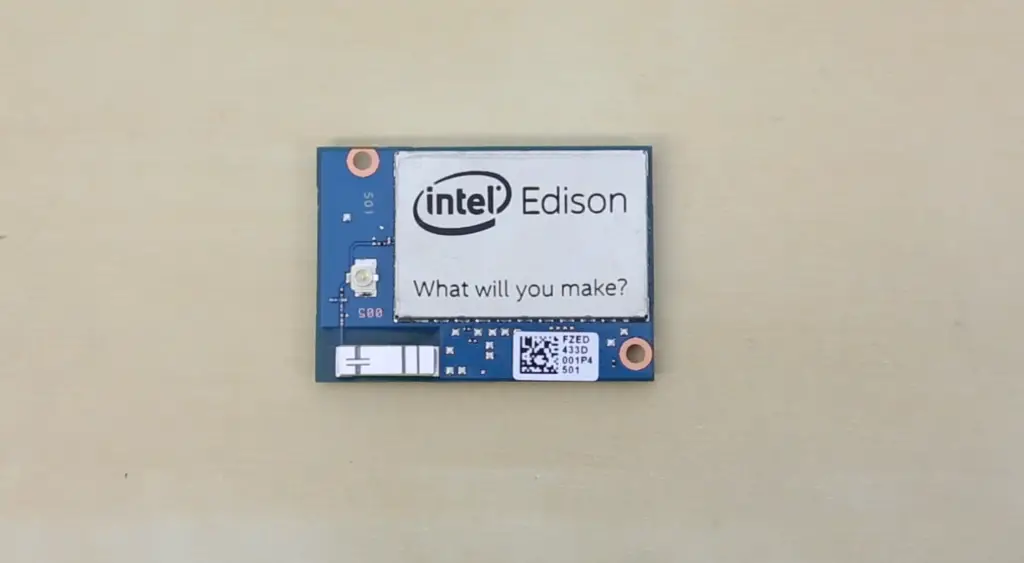
It has an ultra-small form factor and supports multiple communications interfaces, including USB, Wi-Fi, Bluetooth Low Energy, and Zigbee. The small size of the device makes it ideal for applications in wearable technology, robotics, smart home automation systems, medical equipment, consumer electronics, and more. Intel Edison is powered by an Intel Atom processor and comes preloaded with the Yocto Linux distribution.
It also features a range of connectivity options such as 32GB Storage Capacity (SD Card), Serial Peripheral Interface (SPI), Inter-Integrated Circuit (I2C), Universal Asynchronous Receiver/Transmitter (UART), and General Purpose Input/Outputs (GPIOs). Additionally, it has onboard sensors for measuring temperature, humidity, acceleration, pressure and more.
Pros of Arduino
It has a wide range of features and advantages, making it useful for many different types of applications.
First, Arduino is relatively easy to use compared to other microcontrollers, as the interface and coding language are both user-friendly. This makes it ideal for beginner hobbyists who may not have extensive experience in computing or coding. Additionally, Arduino’s open source environment allows users to easily modify their boards and code if needed.
Second, Arduino has an expansive variety of components available at low cost, allowing users to be creative with their projects without breaking the bank. Moreover, its smaller form factor allows you to create projects that are more compact than with other microcontrollers.
Overall, Arduino is a great choice for those who want to get started on their first electronics project or just dabble in the world of IoT. Its low cost and user-friendliness make it an excellent entry point into world of microcontrollers. [2]
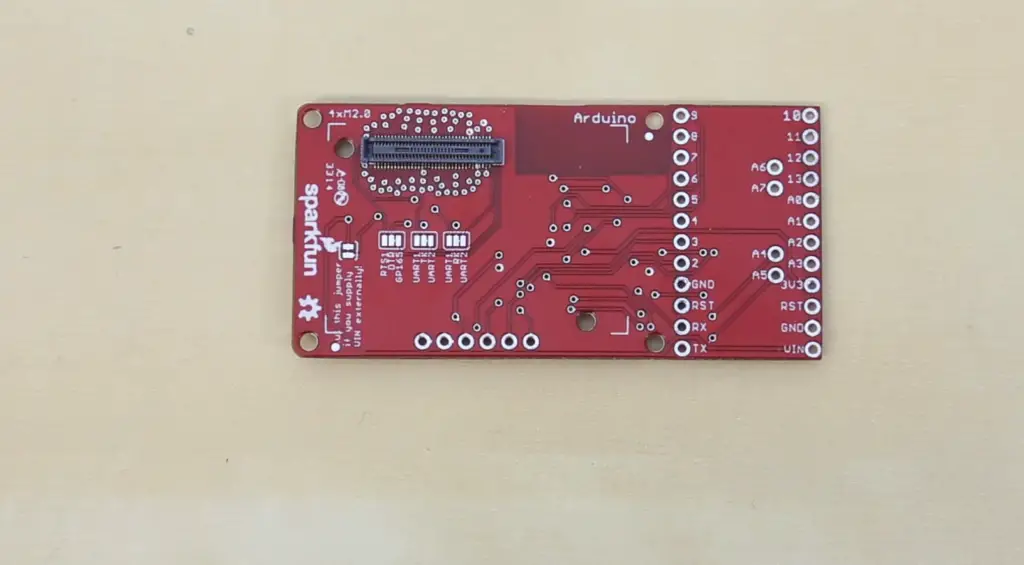
Cons of Arduino
On the other hand, Arduino has its drawbacks as well. Its coding language is not as advanced as some other microcontrollers, so certain projects may require more sophisticated programming languages such as Python or C++.
Additionally, due to its open source nature and modular components, Arduino’s processing power is limited compared to other microcontrollers. This means that complex projects requiring a lot of computing power may not be possible on an Arduino board. Moreover, its smaller form factor also limits the amount of hardware you can fit onto it.
Overall, while Arduino makes a great starting point for getting into electronics and IoT projects, it may not be suitable for more complicated projects that require a lot of processing power or customization.
Pros of Intel Edison
- The Intel Edison has more processing power than Arduino, which makes it better suited for complex tasks such as image recognition or robotics programming.
- It also offers more memory and storage capacity, which is beneficial when working with larger datasets or storing large amounts of data.
- The software platform that comes with the Intel Edison is much better than what comes with the Arduino, meaning you have a wider range of options for running your projects.
- For those who are not familiar with coding languages, the Intel Edison also provides a visual interface for setting up projects and programming components – making it easier to learn and use than the Arduino’s basic language-based approach.
- Along with its own Wi-Fi and Bluetooth support, the Intel Edison can easily be connected to a variety of other devices. This makes it easy to create home automation systems and sensor networks.
- Finally, the Intel Edison is much more powerful than Arduino when it comes to computing tasks, making it a good choice for advanced projects like machine learning.
Cons of Intel Edison
- The biggest downside to the Intel Edison is its cost – this board is significantly more expensive than an Arduino, which can be a dealbreaker for hobbyists on a tight budget.
- Another issue is that it does not offer as many input/output ports as the Arduino, which can limit the range of components you can use with your project.
- Additionally, the Intel software platform may be more difficult to learn and use than other coding languages such as C++ or Python, making it less accessible for beginners.
- Finally, although more powerful than the Arduino in certain tasks, the Intel Edison is still limited when it comes to computing power when compared to larger single-board computers like Raspberry Pi or ASUS Tinker Board.
Overall, the Intel Edison offers a more powerful and feature-rich platform than Arduino, making it ideal for advanced projects such as robotics or machine learning. However, its cost and lack of input/output ports may make it prohibitively expensive or limiting for some hobbyists. It is ultimately up to the user to decide which board is best suited for their needs. [3]
Intel Edison vs Arduino
It is a question many hobbyists and professionals alike have been asking since the introduction of Intel Edison and Arduino boards. Both platforms offer a wide range of features, from powerful processors to advanced I/O capabilities, making them ideal for many different applications. So which platform should you choose?
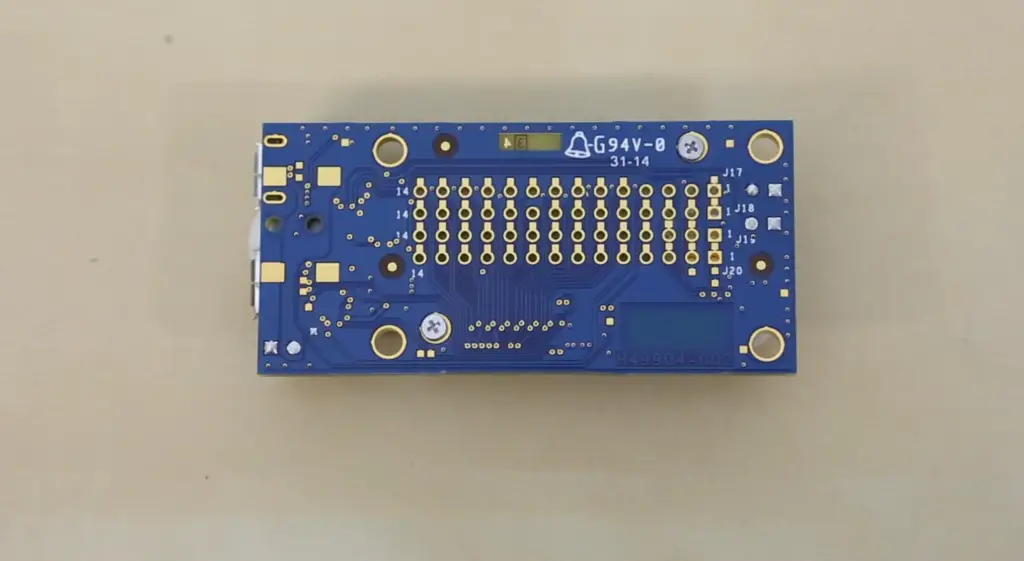
The main difference between Arduino and Intel Edison is their processor type. The Intel Edison uses an x86-based, dual-core Atom processor, giving it greater power than the Arduino Uno board’s 8-bit AVR microcontroller. This makes the Edison more suitable for complex tasks such as multimedia processing or networked applications that require high data throughput. On the other hand, Arduino boards are known for their simplicity and ease of use with code written in C or C++, making them ideal for beginners and hobbyists who are just getting started with programming.
The other major difference between Intel Edison and Arduino boards is their I/O capabilities. The Intel Edison has built-in Wi-Fi, Bluetooth, and USB connectivity, as well as a wide range of integrated sensors that can be used to collect data from the environment. On the other hand, Arduino Uno boards come with 14 general purpose input/output pins that can be used to connect various external components such as LEDs, buttons and potentiometers. Both platforms offer a variety of expansion options through shield boards but the Edison’s more powerful processor gives it access to higher speed communication protocols such as Zigbee and 6LoWPAN.
Finally, the cost of each platform should be taken into consideration when deciding which one to use. Intel Edison boards are significantly more expensive than Arduino Uno boards but they offer greater computing power and a larger selection of sensors and expansion options. In addition, many add-on shields for the Edison are available at a much lower cost compared to those for the Arduino Uno board.
Ultimately, it is important to weigh your needs against the capabilities of both platforms when making your decision. If you require powerful computing capabilities or access to wireless communication protocols, then an Intel Edison board may be best suited for your project. However, if simplicity and affordability are key factors, then an Arduino Uno board may be more suitable. Ultimately, it is important to choose the platform that best meets your project needs and budget. [4]
Where to Use Intel Edison?
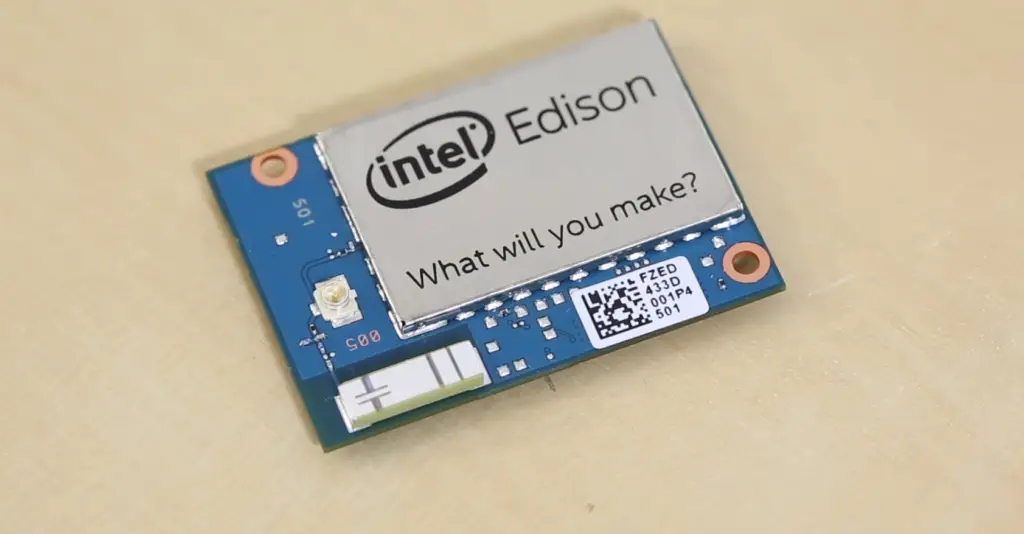
For instance, Intel Edison could be used to create smart home devices such as thermostats and security systems. The built-in Wi-Fi module means that these devices can easily communicate with each other without the need for additional hardware. Additionally, its powerful processor makes it possible to implement complex algorithms for more intelligent monitoring and control of your home environment.
Other uses for Intel Edison include robotics projects, data logging systems, and educational platforms. Its capabilities make it an excellent choice for those who want to develop sophisticated projects with minimal hardware.
In contrast, Arduino boards are best suited for simpler applications which don’t require as much processing power or wireless capability. For instance, they can be used to control motors and other peripherals in robotics projects, or to create simple interactive devices such as alarm clocks or digital thermometers. They also make excellent educational tools due to their low cost and easy-to-learn programming environment.
Where to Use Arduino?
The Arduino microcontroller technology is a great choice for users who want to create devices on their own. It’s open-source and relatively easy to use, making it perfect for hobbyists and makers. The small form factor and low cost are big pluses too. While the Arduino isn’t powerful enough to handle complicated operations or software development, it’s ideal for prototyping simple projects like creating custom sensors, controlling motors, developing robots, and creating basic user interfaces.
How to Use Intel Edison?
The Intel Edison is a computer on a module developed by Intel and Arduino. It combines the power of an x86 processor with low-power Atom architecture, providing users with the ability to connect their projects to the internet and process data quickly. To use it, you need to get your own hardware – like a housing and cables – but the basic setup is fairly straightforward.
First, you’ll need to connect the board to your computer via USB or an UART cable. This will let you access the command line interface (CLI), which is where you can issue commands and control various aspects of the system. Then, you’ll be able to write programs for it using either C/C++ or Python code. Once your program is written, you can upload it to the board and start testing.
The Intel Edison also supports multiple expansion boards that allow you to connect sensors or extra hardware components. You can use these boards to control motors, collect data from the environment, or even control other devices wirelessly.
Overall, the Intel Edison provides a lot of power with its processor and onboard memory. It’s great for projects that require more processing power than an Arduino can provide but don’t need the full capabilities of a Raspberry Pi or BeagleBone Black. With its easy setup and support for various expansion boards, it’s a great choice for hobbyists who are looking to take their projects up a notch. [5]
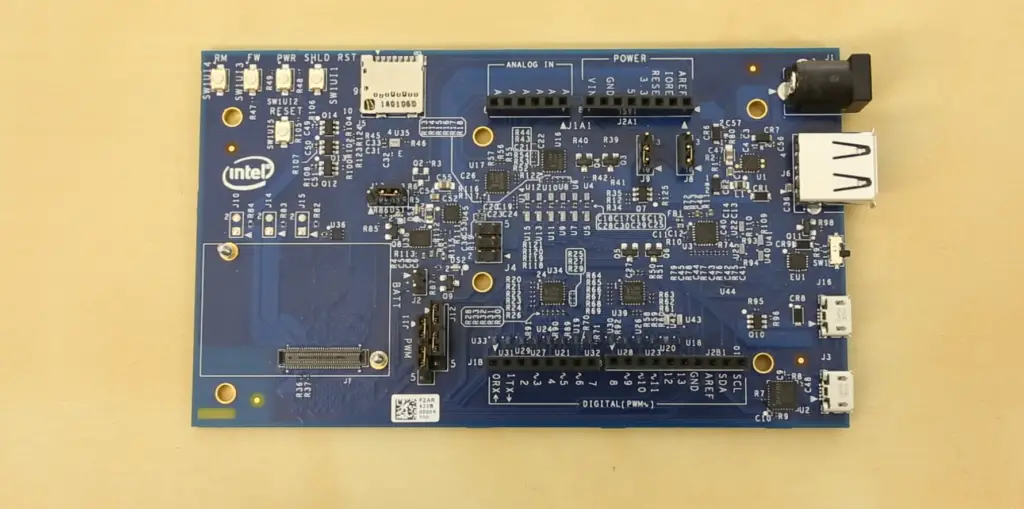
How to Use Arduino?
Using Arduino is easy, even for those without any prior experience or knowledge. All you need to get started with Arduino is a board and the Arduino Integrated Development Environment (IDE) software. The IDE software provides an easy-to-use platform for programming and controlling the board, allowing users to create interactive objects using only a few lines of code. The community behind it also provides plenty of helpful resources, from tutorials to advice on everything from basic electronics to more advanced topics like robotics.
Once you have your board up and running, there are many projects that can be created with Arduino boards. Some popular examples include creating robots, managing home automation systems, developing smart medical devices, building 3D printers, and more. As long as you have a basic understanding of electronics and coding, Arduino boards provide an easy-to-use platform for creating devices that interact with the physical world.
On the other hand, Intel Edison is designed to be used in much more advanced applications. It is equipped with built-in Wi-Fi and Bluetooth connectivity as well as higher processing power than the average Arduino board. The Intel Edison also supports multiple operating systems, making it suitable for complex projects that require powerful hardware. Additionally, its open source software libraries simplify development of applications such as facial recognition or voice control.
Overall, when choosing between Arduino vs Intel Edison, it really depends on your project goals and what resources you have available. If you are looking to create simple interactive objects with basic processing power, Arduino is a great choice. For more advanced projects requiring multiple operating systems and powerful hardware, Intel Edison is the way to go.
No matter which platform you choose, both provide an interesting and exciting way of exploring the world of electronics and coding. With the right knowledge and resources, these platforms can open up a variety of opportunities for creating innovative projects that interact with the physical world around us! [6]
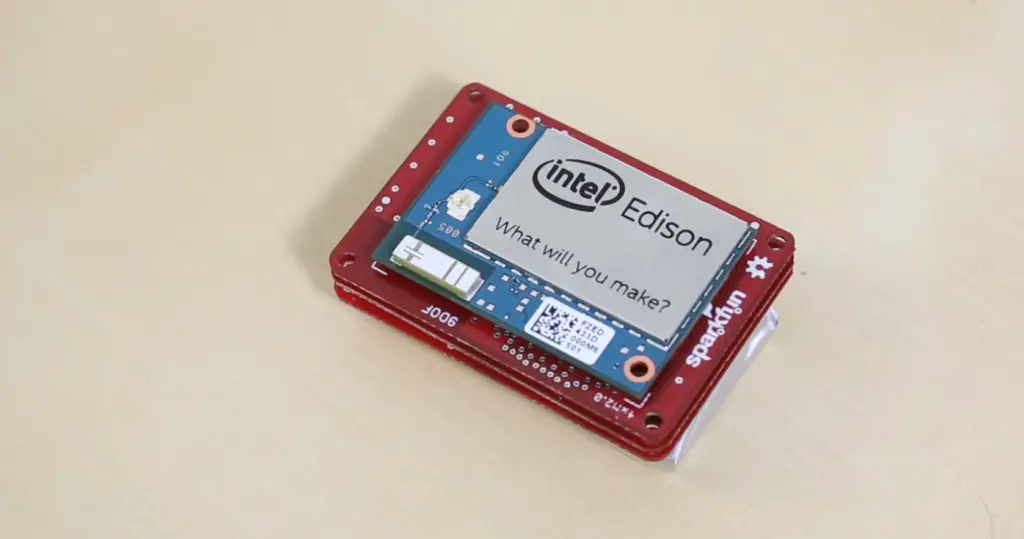
Which Is Better?
When it comes to selecting the best microcontroller platform for your project, two popular alternatives are Arduino and Intel Edison. Both have their advantages and disadvantages, depending on what you plan to use them for.
It’s also relatively inexpensive compared to other options available, so it can be a great starting point for learning about embedded systems. However, its processing power may not be enough for more demanding projects that require high-speed data transmission or complex computations.
On the other hand, Intel Edison is a powerful mini-computer that has both Linux support and multiple integrated wireless connections (Wi-Fi and Bluetooth). Its processing power is much greater than Arduino, so it can handle more complex projects. It also comes with built-in software development tools that are easier to use than those found on Arduino. However, its cost is significantly higher than Arduino, which makes it unsuitable for those who don’t need the full power of a mini-computer.
Ultimately, the decision between Arduino and Intel Edison depends on your project requirements and budget. If you need a platform that’s easy to use, has plenty of components available, and is relatively inexpensive, then Arduino might be the best choice for you. However, if your project requires high performance or multiple wireless connections then Intel Edison may be a better option due to its powerful processing power and built-in software development tools.
No matter which platform you choose, the most important thing is that you have a reliable and efficient system that meets your project needs. Carefully consider your requirements before making a decision to ensure you find the best solution for your project. [7]
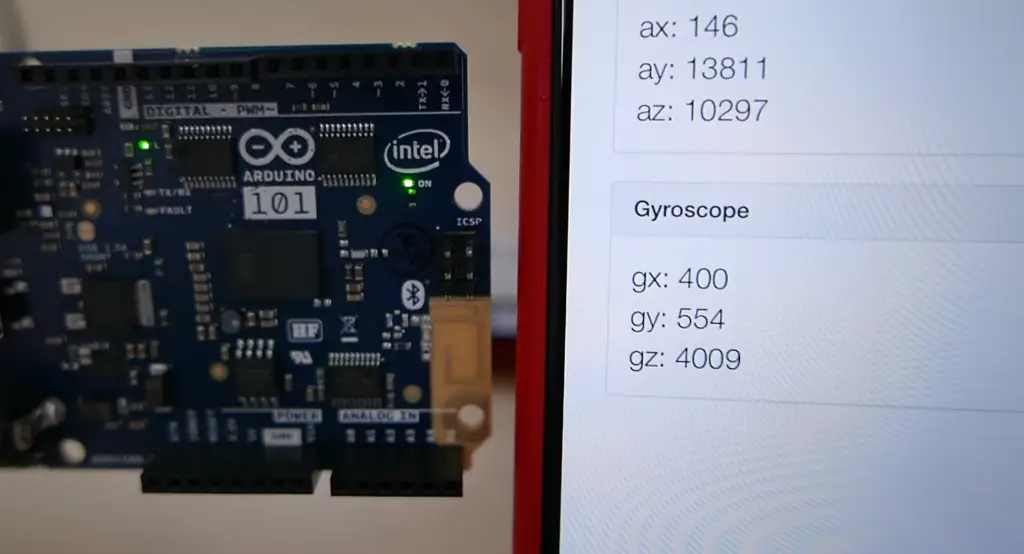
FAQ
Is Arduino better than Intel Edison?
It depends on your needs and preferences. On the one hand, Arduino is an open-source platform that is well-suited to hobbyists and beginners due to its simplicity and affordability. Conversely, Intel Edison is a more robust system that offers higher performance, greater connectivity options and cloud capabilities. Ultimately, both systems can be used for a variety of projects; it’s just a matter of deciding which best suits your particular application.
What are the differences between Arduino and Intel Edison?
The main difference between Arduino and Intel Edison lies in their complexity. Arduino is an entry-level platform with a simple design and limited features; as such, it generally appeals to individuals who are just starting out or have minimal coding experience. By comparison, Intel Edison is more complex and can be used to create sophisticated projects requiring higher levels of coding. Furthermore, Intel Edison provides access to additional features such as Wi-Fi capabilities and cloud connectivity.
Which is better for a beginner?
If you’re just getting started with electronics or programming, then Arduino might be the best option for you. Not only is it easier to use, but it’s also much less expensive than Intel Edison. That said, if you have some experience and are looking for something more powerful and connected, then Intel Edison may be a better choice.
Are there any alternatives to Arduino and/or Intel Edison?
Yes! There are a number of other platforms that offer similar features to Arduino and Intel Edison, such as Raspberry Pi and BeagleBone. Each platform has its own advantages and disadvantages, so it’s important to do your research before making a decision. Additionally, you may want to consider other development boards such as mbed or Teensy.
What are the limitations of Arduino?
Arduino’s limitations primarily revolve around its simplicity; for example, most boards rely on a single processor that limits their potential capabilities. Additionally, some users find the lack of advanced features (such as Wi-Fi) to be limiting when compared to higher-end systems like Intel Edison. Finally, while Arduino is great for beginners, its limited complexity can make more complex projects difficult or impossible to complete using the platform.
Is Arduino easier than Raspberry Pi?
That’s a common question among tech-savvy makers and DIY enthusiasts. The answer is yes, but it depends on the project you’re working on. Arduino boards are simpler to use than Raspberry Pi, with less complexity and fewer components required. However, if you need more computing power or want to run Linux applications, then a Raspberry Pi might be the better option.
Is Intel Edison a microcontroller?
No, Intel Edison is not a microcontroller. It is actually an embedded computer system on a module that can run two operating systems at the same time: Linux and Arduino IDE. It has more computing power than Arduino boards, but also requires more setup and configuration. So it’s better suited for more complex projects where you need higher performance or running applications other than those available in Arduino IDE.
Useful Video: Intel Edison + Arduino 101 IoT demo
Conclusion
When it comes to evaluating Arduino vs. Intel Edison, there is no definitive answer as to which is better—it ultimately depends on the needs of the user and what they are looking for in a microcontroller or development board. While Arduino offers simplicity and low cost, Intel Edison provides powerful features such as Wi-Fi connectivity and extreme power efficiency. Ultimately, it’s up to the user to decide which of these two options best meets their needs. However, both devices have plenty of potential when used in combination with other components and can be incredibly useful for a variety of projects. Whichever device you choose, remember that having some knowledge of programming language basics is essential if you want your project ideas to come to life!
References
- https://www.allaboutcircuits.com/news/edison-vs.-arduino-intel-battles-for-the-iot/
- https://readwrite.com/2014/09/10/intel-edison-raspberry-pi-arduino-comparison/
- https://forum.arduino.cc/t/intel-edison-vs-arduino-uno-speed-comparison-question/352040
- https://coderanch.com/t/655918/micro-controllers/Intel-Edison-Arduino
- https://www.sparkfun.com/news/1603
- https://hiomj.katebuckles.com/post/intel-edison-vs-arduino/28733457
- https://www.digikey.com/en/maker/blogs/how-to-choose-the-right-board-for-your-project





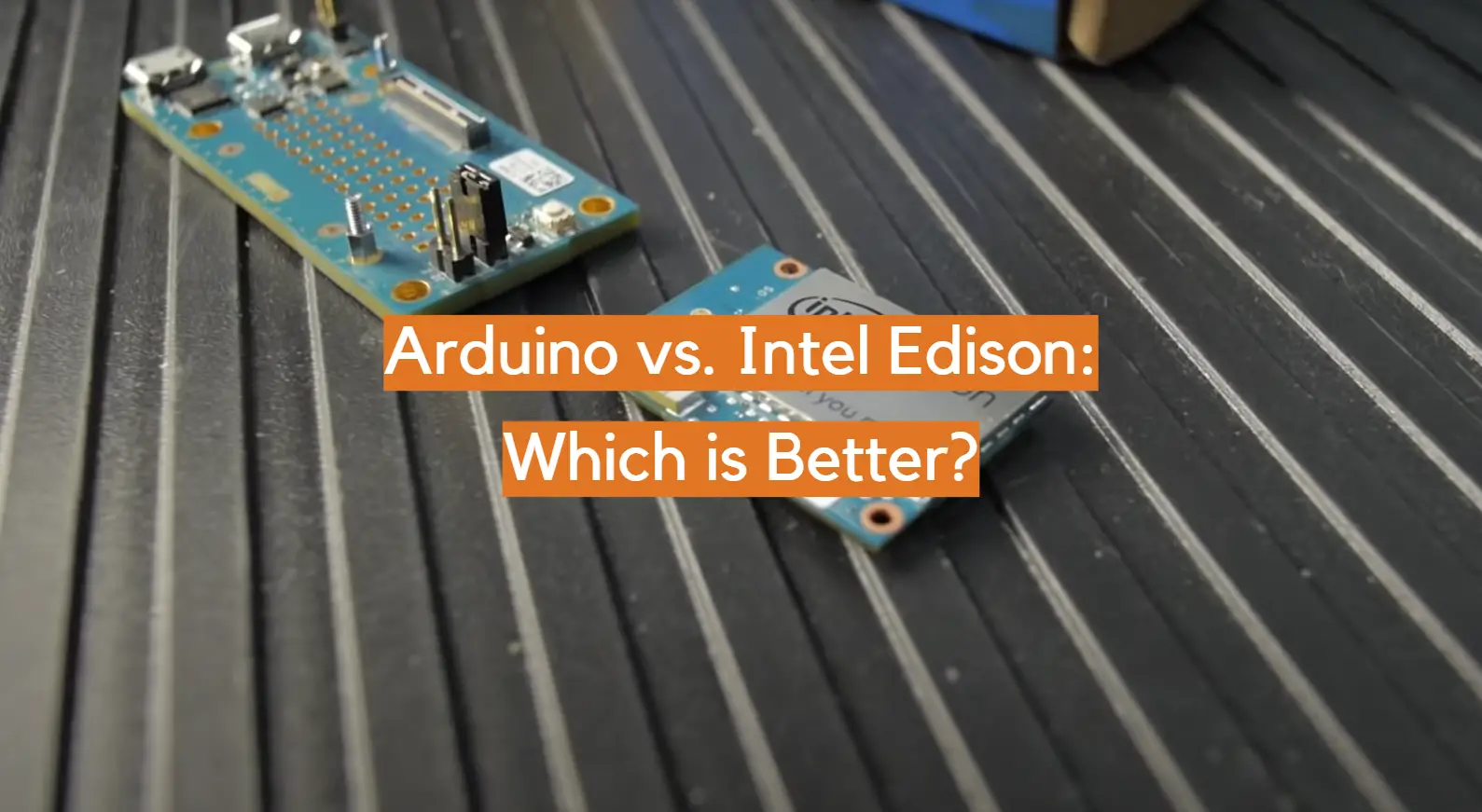




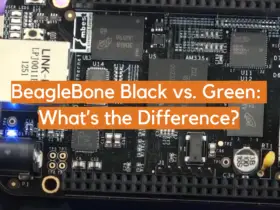


Leave a Reply